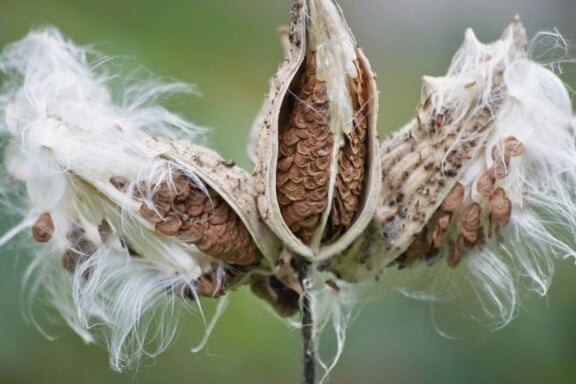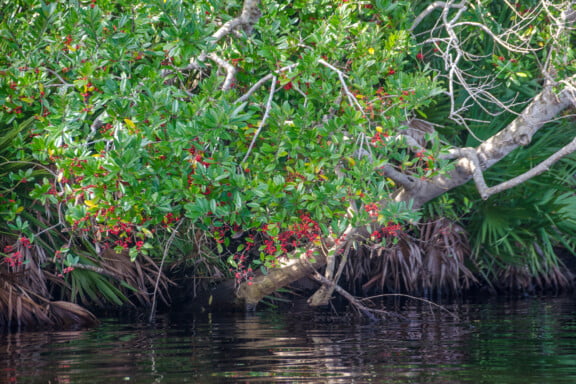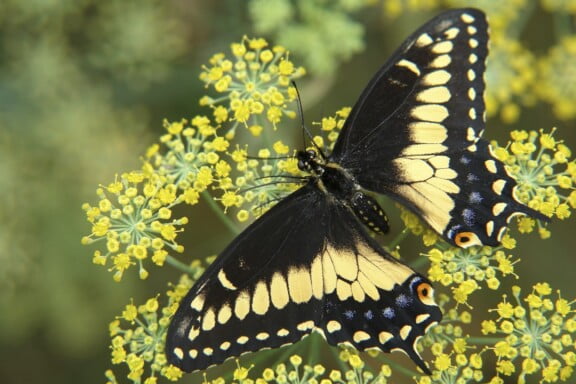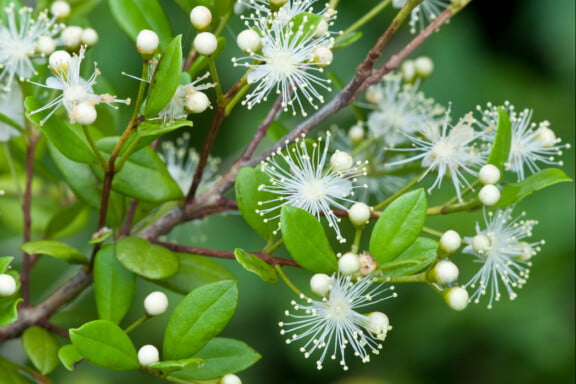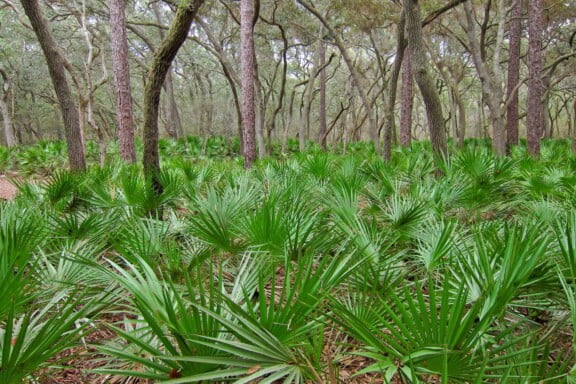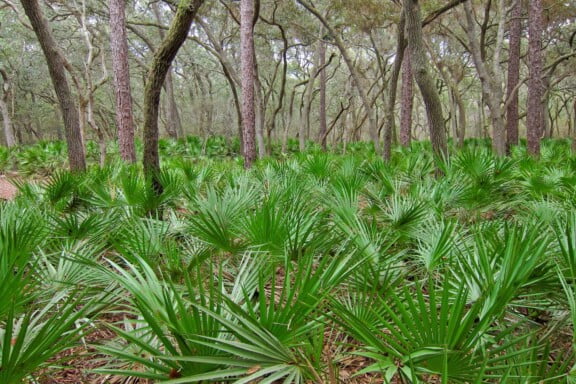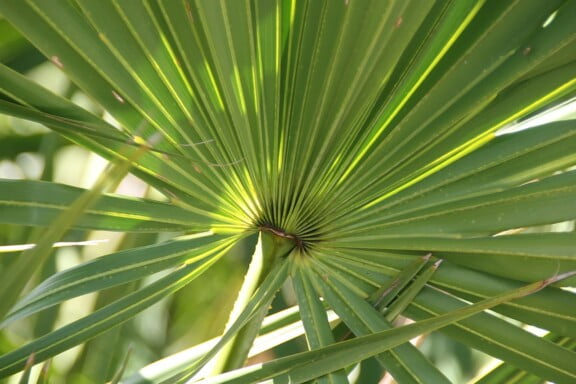The structures in milkweed seed pods that help the seeds catch the wind for dispersal are called “comas” or more commonly known as “floss” or “silk.”
Botany
Dahoon (Ilex cassine): A Gem of Ecological and Aesthetic Value
Dahoon (Ilex cassine) is a versatile evergreen shrub, revered for its ecological benefits, aesthetic appeal, and resilience. Native Range and USDA Zones: Native around the Gulf of Mexico, Dahoon can be found in the southeastern United States, parts of the Caribbean, and Central America, this multifaceted plant plays a pivotal […]
Cultivating Dill for Black Swallowtail Butterflies in Florida’s Fall
Each fall, as the sweltering heat subsides, a window opens for cultivating an aromatic herb and sanctuary for the enchanting Black Swallowtail butterflies – Dill.
Germinating Simpson’s Stopper Seeds (Myrcianthes fragrans)
Simpson’s Stopper seeds may have a variable germination rate, and patience is crucial in this process. Ensure the right conditions for germination, and with time, you should see the young saplings emerge, ready to grow into the beautiful and beneficial Simpson’s Stopper shrubs.
Germinating Dormant or Hardened Saw Palmetto Drupes: Exploring the Role of the Endocarp
The journey of germinating Saw Palmetto drupes with the endocarp intact requires an understanding of the seed’s anatomy and how each layer interacts with the environment. While removing the endocarp can aid in speeding up germination, it comes with its risks. Scarification, with methods like the rock tumbler, offers an alternative that can encourage faster germination without the potential downsides of complete endocarpal removal.
What’s the Difference Between Sabal Etonia and Sabal Minor?
Both species are resistant to a variety of environmental conditions, making them valuable for landscaping in their native regions. When trying to distinguish them in the wild or in cultivation, considering their habitat, leaf shape, and the length of the inflorescence can be helpful.
Saw Palmetto (Serenoa repens): A Keystone Species of the U.S. Southeast
Saw Palmetto is emblematic of the intricate connections within ecosystems. Serving as a medicinal plant for humans, a food source for wildlife, and a home for various butterfly species, its importance can’t be overstated.
Germinating Saw Palmetto Seeds
Saw palmetto seeds (Serenoa repens) technically drupes, can be a bit challenging to germinate, but with patience and the right conditions, you can successfully propagate them. Here’s a step-by-step guide: Remember, germination rates for saw palmetto seeds can vary, and not all seeds might sprout. It’s a good idea to […]
